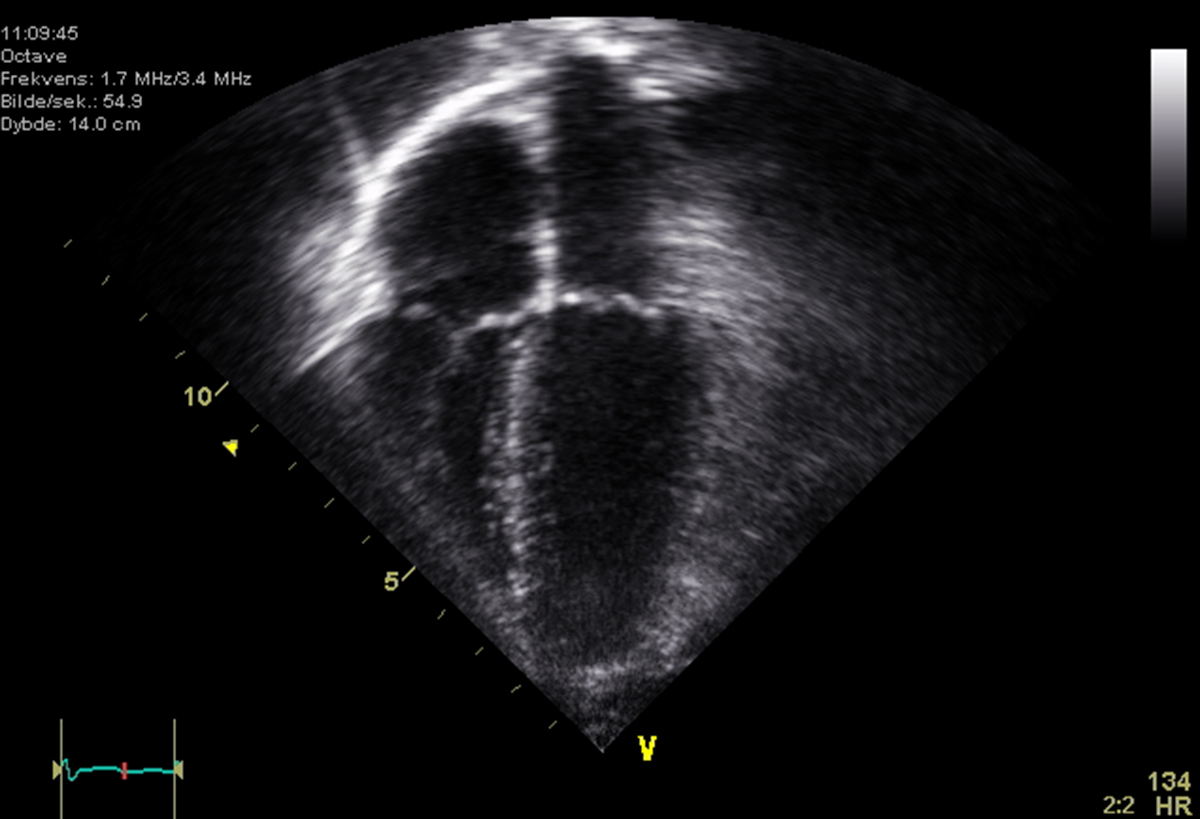
Echocardiogram (a cardiac echo) is a sophisticated test that provides with two-dimensional images of the heart. This test is based of basic principles of ultrasound, is noninvasive, easy to perform and quite accurate when it comes to certain heart conditions. Today, thanks to medical advances, medical experts may additionally obtain 3D images of the heart.
What is Transesophageal Echocardiogram?
Now, transesophageal echocardiogram is a type echocardiogram, to be more precise it is an alternative way of performing an echocardiogram. The technique similarly to standard echocardiogram uses ultrasound waves to obtain 2D image slices of the heart but the exam per se is not external. Instead a specialized probe is inserted into the esophagus which allows better insight into the certain parts of the heart and makes the process of diagnosing more accurate. So compared to standard echocardiogram, transesophageal echocardiogram is more invasive method.
The very procedure has several advantages compared to transthoracic echocardiogram. It also carries certain risks which are not associated with standard type of the procedure.
As for advantages the most important one is a clear image of the heart, particularly the structures of interest. Some parts of the heart simply cannot be properly visualized with transthoracic echocardiogram i.e. they are not clear when the probe is used transthoracically. Namely, the heart is situate right next to the esophagus. So, the beams of ultrasound should only travel a few millimeters and they reach the heart in no time. As a result the return signal is stronger and there is less attenuation of the release ultrasound signal, both of which have positive effects on enhancement of the ultimate images of the heart. On the other hand, transthoracic ultrasound must penetrate various tissues including the skin, subcutaneous fat tissue, ribs and lungs in order to reach the heart which drastically changes the sharpness of the obtained images. The quality of the echocardiogram is, therefore, better when transesophageal approach is engaged. Due to all the mentioned transesophageal echocardiogram is indicated in patients who require thorough evaluation of the aorta, pulmonary artery, valves of the heart, atrial and ventricular septum and coronary arteries. The exam is also highly efficient in detecting a blood clot inside the left atrium.
Additionally, this approach has a few disadvantages, all of which should be taken into considerate when opting for transesophageal echocardiogram. The exam is performed only on fasting patients, those who have not eaten for at least 8 hours prior to the procedure. Transesophageal echocardiogram is more challenging and takes more time to be performed. What is more, it is rather uncomfortable for patients to experience the probe inside their esophagus. This is why the exam might require sedation or even general anesthesia. And finally, there are risks associated with administered medications as well as the risk of esophageal perforation.
Is Transesophageal Echocardiogram Difficult Procedure?
During the exam most patients are moderately sedated. The sedation is necessary for them to relax. The drugs additionally decrease the gag reflex precipitated by the insertion of the probe. Midazolam, fentanyl and propofol are the most commonly administered drugs for this purpose. Numbing of the esophagus is achieved with a local anesthetic spray such as Xylocaine. The procedure is always performed by a well experienced physician.
It is of utmost importance to report any problem with the esophagus. Patients suffering from hiatal hernia, difficulty swallowing as well as those with cancer of the esophagus or the nearby organs are not suitable candidates for this type of the exam. What is more, current illnesses and well as permanent medical conditions should be reported. Allergy to medications must be reported too.
All patients get familiar with the procedure and are given instructions of what to do and how to prepare. They should not drink or eat anything at least 6-8 hours prior to the exam.
Before the exam patients are given a hospital gown. The heart rate and electrical activity during the exam are monitored via three electrodes attached to the patient's chest. Blood pressure is monitored as well with the assistance of a pressure cuff placed on one's arm while the level of oxygen might be measures with a pulse oxymeter, a small clip attached to the index finger.
Once the throat is numbed with a gargling solution or a spray patients receive sedative intravenously. Excess of mouth secretions is collected with a dental suction tube. The very exam begins with insertion of a thin, previously lubricated endoscope through the oral cavity and down the throat into the esophagus. This is sometimes uncomfortable part of the exam but, fortunately, lasts only a few seconds. Once the probe gets into the perfect position ultrasound waves are released and the images obtained at the computer screen. The doctor may move the probe and use different angles in order to acquire perfect images of the heart.
After the procedure because most administered drugs will interfere with your motility, balance and coordination it is best to have someone drive you home and take care of you for the rest of the day.
Finally, even though the procedure usually goes without any side effects, complications are possible. For instance, these may be associated with the probe itself. Also, it might be impossible for doctors to insert the probe in the first place. Namely, patients may refuse further insertion of the probe once the doctor starts with the exam because of discomfort. These patients cannot tolerate the foreign body in their throat or esophagus and refuse to participate in the exam. What is more, some may even experience excessive gag reflex or even remove the probe forcibly on their own before the exam is over. Thermal injuries are today practically rare because modern probes can monitor the temperature at their own tips and automatically switch off if the temperature rises above a cut off level, mostly 39°C.
- www.hopkinsmedicine.org/health/treatment-tests-and-therapies/transesophageal-echocardiogram
- www.heart.org/en/health-topics/heart-attack/diagnosing-a-heart-attack/transesophageal-echocardiography-tee
- Photo courtesy of G.steph.rocket by Wikimedia Commons: commons.wikimedia.org/wiki/File:Atrial_Aneu_TEE.gif


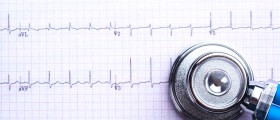

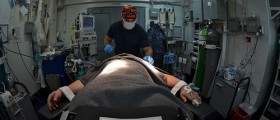
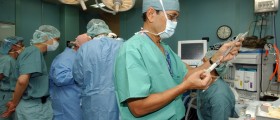
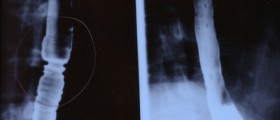
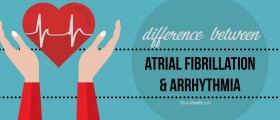


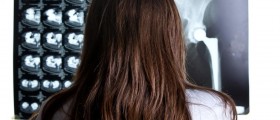
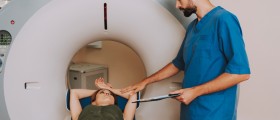
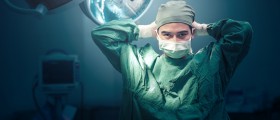

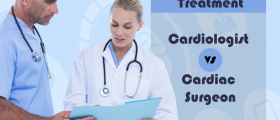


Your thoughts on this
Loading...